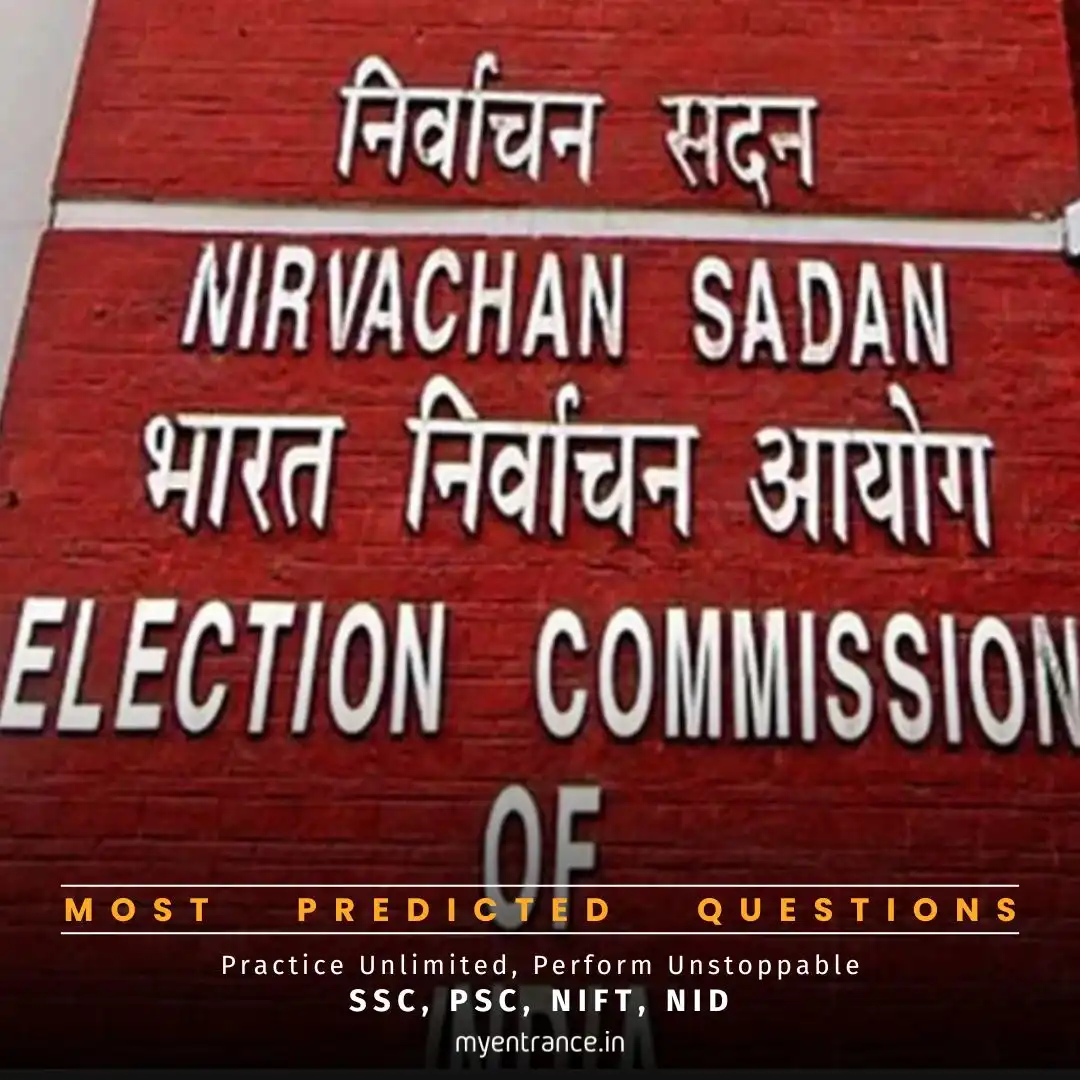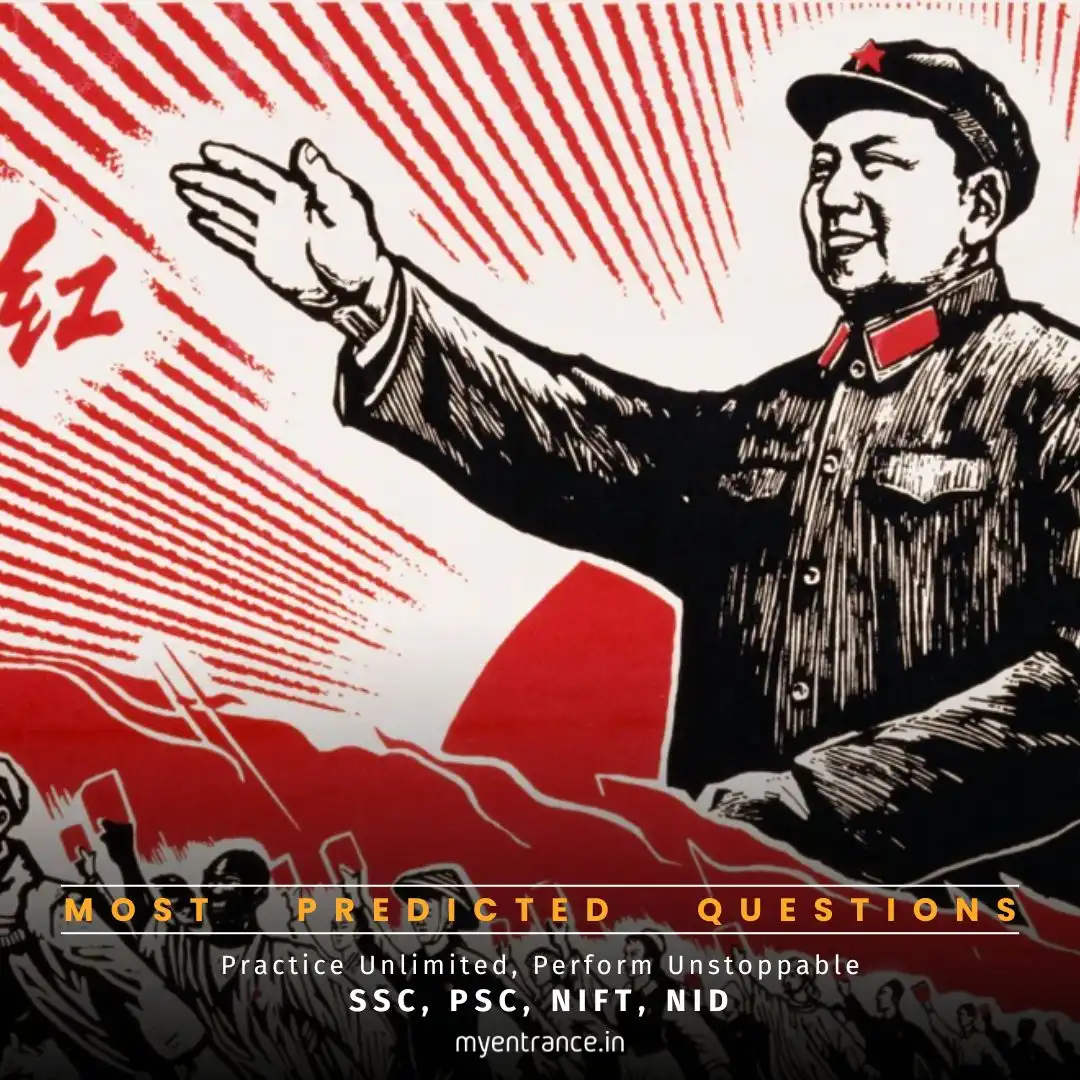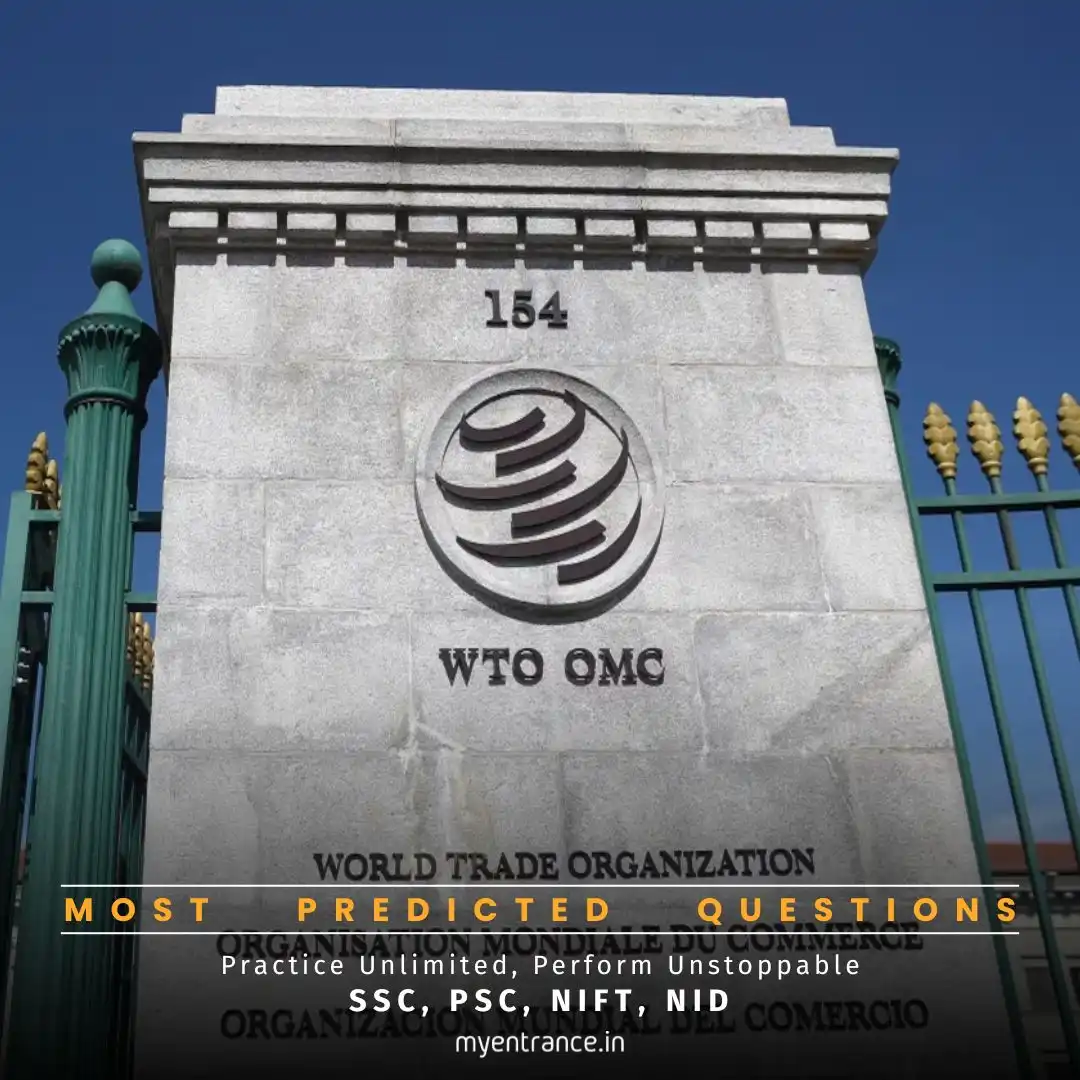Translate Language
Why is Norman Borlaug’s Institute Seeking India’s Help After USAID Shutdown?
Six decades ago, Norman Borlaug’s high-yielding wheat varieties transformed India into a food-secure nation. Now, his organization, CIMMYT, faces a financial crisis after USAID’s shutdown and is reaching out to India for support. Why is this critical for India’s future agriculture?

Key Insights on CIMMYT’s Funding Crisis & India’s Role
Why is CIMMYT Seeking India’s Help?
USAID was CIMMYT’s biggest donor, contributing $83 million in 2024.
After its shutdown, CIMMYT is looking to India’s government and private sector for funding.
India currently contributes only $0.8 million—far less than USAID or the Gates Foundation.
How Did USAID Help India?
USAID funded research that led to high-yielding wheat varieties like Kalyan Sona and Sonalika.
These crops boosted India’s food production, preventing famines.
Now, with climate change threatening wheat yields, CIMMYT’s research is more crucial than ever.
What is CIMMYT Working On Now?
Heat-resistant wheat: Rising temperatures reduce yields by 6% per 1°C increase.
Disease-resistant crops: Protecting against fungal infections like rust.
Biological Nitrification Inhibition (BNI): Reducing fertilizer dependency.
India’s Deep Ties with CIMMYT
Borlaug Institute for South Asia (BISA): A joint venture with ICAR, with research stations in Punjab, MP, and Bihar.
Doubled Haploid Facility in Karnataka: Produces pure maize inbred lines for hybrid crops.
Indian Scientists at CIMMYT: Over 25 Indian scientists work globally in CIMMYT programs.
Sample Questions & Answers for Competitive Exams
Q1: What was Norman Borlaug’s contribution to India’s agriculture?
A: He introduced high-yielding wheat varieties, sparking India’s Green Revolution and ensuring food security.
Q2: Why is CIMMYT seeking India’s financial support?
A: Due to USAID’s shutdown, CIMMYT lost its largest funding source ($83 million in 2024).
Q3: What is BISA, and where are its research centers in India?
A: The Borlaug Institute for South Asia has centers in Ludhiana, Jabalpur, and Samastipur.
Q4: How does rising temperature affect wheat yields?
A: Every 1°C increase in night temperature reduces wheat yields by 6%.
Q5: What is the significance of CIMMYT’s doubled haploid facility in Karnataka?
A: It produces genetically pure maize lines, helping develop better hybrid crops.
Why is This Important for Exams?
Current Affairs: USAID’s shutdown impacts global agricultural research.
Agriculture & Food Security: CIMMYT’s work is vital for India’s wheat and maize production.
Climate Change: Heat-resistant crops are needed to combat yield losses.
International Relations: India’s role in funding global research institutions.
Get 3 Months Free Access for SSC, PSC, NIFT & NID
Boost your exam prep!
Use offer code WELCOME28 to get 3 months free subscription. Start preparing today!















